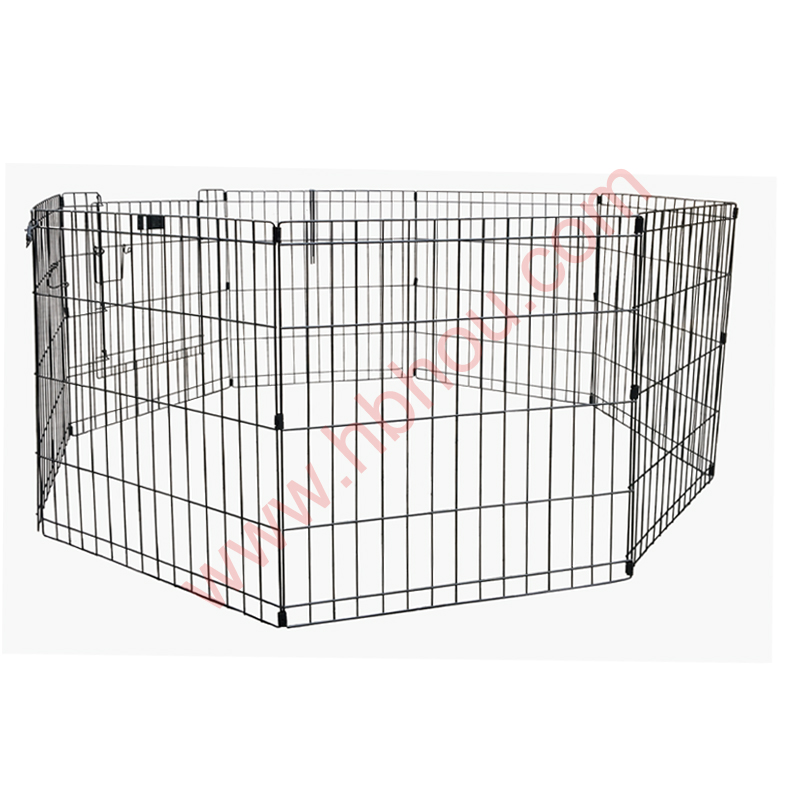Fencing Without Posts A Creative Approach to Boundaries
In the world of landscaping and outdoor design, fencing serves as an essential element for both functionality and aesthetics. Traditional fences, often constructed with wooden or metal posts, can create barriers that delineate property lines or enhance privacy. However, exploring the concept of fences without posts opens up a creative avenue for design enthusiasts and homeowners alike, allowing for flexibility, cost-effectiveness, and innovative approaches to boundary setting.
The Concept of Postless Fencing
Fencing without posts involves utilizing materials and techniques that eliminate the need for conventional upright supports. This can be achieved through various methods, including freestanding panels, natural barriers, or even living fences. The absence of posts can create a sense of openness while still providing the necessary delineation of space.
Materials and Techniques
1. Freestanding Panels One of the most straightforward approaches is to use freestanding panels constructed of wood, vinyl, or metal. These panels can be secured to the ground using weights or brackets, allowing them to stand independently. This type of fence can easily be moved or adjusted, making it an ideal choice for those who prefer flexibility in their outdoor spaces.
2. Natural Barriers Utilizing natural materials like rocks, boulders, or dense shrubbery can create an organic form of fencing without the need for posts. Rock walls or terraced landscaping can provide defined boundaries that blend seamlessly with the environment. Additionally, dense shrubbery or hedges can act as a living fence, offering both privacy and aesthetic appeal.
3. Trellises and Lattice Work While traditional trellises often rely on posts, they can also be designed to be self-supporting, leaning against a wall or anchored into the ground with heavy bases. Covered in climbing plants, they can provide a sense of enclosure while remaining open and airy. Lattice panels can serve a similar purpose, offering a semi-private structure that allows light to filter through while defining boundaries.
4. Temporary Fencing Solutions For those renting or looking for short-term solutions, temporary fencing such as decorative screens or movable garden barriers can provide effective boundary marking without permanence. These options can be great for outdoor events or seasonal patio setups.
fence without posts

Benefits of Fencing Without Posts
1. Aesthetic Flexibility A postless approach can offer more creative freedom in design. Without rigid vertical elements, gardens can feel less confined, allowing for a seamless flow between spaces.
2. Cost-Effectiveness Traditional fencing can be expensive due to the price of both materials and labor. By eliminating the need for posts, homeowners can reduce costs, making alternative fencing more accessible.
3. Environmental Considerations Using natural materials for boundaries can enhance the ecological footprint of a landscape. Plants provide habitat for local wildlife, and natural stone walls can reduce erosion, contributing positively to the local ecosystem.
4. Ease of Installation Without the need for digging post holes or pouring concrete, installation can be significantly easier and quicker. This is particularly beneficial for DIY projects.
Challenges and Considerations
While fencing without posts introduces numerous advantages, there are challenges to consider. Stability can be an issue, especially in areas with high winds or where soil erosion is prevalent. Additionally, ensuring that the boundaries remain clear may require strategic placement of materials or periodic adjustments.
Conclusion
Fencing without posts offers a unique perspective on boundary definition in outdoor spaces. Whether through the clever use of materials, incorporating natural elements, or adopting innovative designs, it provides an avenue for creativity and environmental harmony. As homeowners continue to seek ways to personalize their outdoor areas, exploring postless fencing presents an opportunity to blend functionality with artistic expression, ultimately enhancing the beauty and utility of their surroundings. This approach not only reinvent classic fencing concepts but also paves the way for more sustainable and adaptable landscaping practices in the future.
















